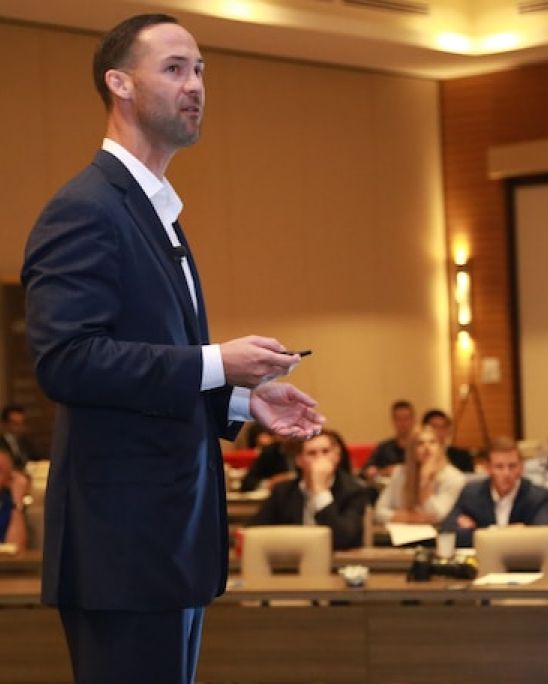Creativity can be defined as the ability to come up with original and innovative ideas, concepts, or solutions to problems.
It involves using imagination, intuition, and critical thinking to generate new and unique ideas or products that have value and usefulness. Creativity can be expressed through various mediums, such as art, music, literature, science, and technology, and it can be applied to different fields and domains.
People who exhibit high levels of creativity often possess traits such as curiosity, open-mindedness, risk-taking, and persistence.
Creativity is essential for innovation and progress, and it is a valuable skill that can be developed and nurtured through practice and exposure to diverse experiences and perspectives.
Here we will explore ideas that integrate different aspects of creativity into imagining something new.
Come, and collaborate with us to feel the power of #CreativeExploration.







Thinking differently, from a creative perspective, means approaching problems, ideas, and situations in a unique and unconventional way. It involves breaking away from conventional thinking patterns and exploring new and innovative ways of approaching challenges. This type of thinking often involves questioning assumptions, challenging existing beliefs, and taking risks to explore new possibilities.
Creative thinking can involve looking at things from a new angle, imagining solutions that have not been tried before, and considering different perspectives and points of view. It often requires being comfortable with ambiguity and uncertainty and being willing to experiment and explore possibilities even if they seem unconventional or risky.
Thinking differently can lead to new insights, discoveries, and solutions that may not have been possible through traditional thinking methods. By exploring new and different ideas, creative thinkers can find innovative solutions and create new products or services that can have a positive impact on society.
Here are some examples of companies that dared to think differently
These are just a few examples of how thinking differently from a creative perspective can lead to innovative solutions and products that change the world.
Mac delivers results in a way that inspires trust. (compare Stephen M. R. Coveys definition of leadership.
Working with Mac is great. To me he was truly a trusted partner and advisor. He was closely collaborating with me and other senior stakeholders on our global transformation program. He was always bringing in great ideas combined with critical thinking and delivery mindset, which many leaders miss. I particularly liked his very structured approach to strategy & innovation combined with the will and capability to deliver innovation. To us he delivered great value in helping us with strategy, innovation scouting & delivery. But equally important – he always did it in an encouraging and fun way to ensure adoption and win-win across different functions
He has a unique ability to understand the complex internal organisation dynamics & market trends influence on the business. He always takes a collaborative approach to work and challenges constructively if needed.
I welcome future opportunities to work with him anytime.
